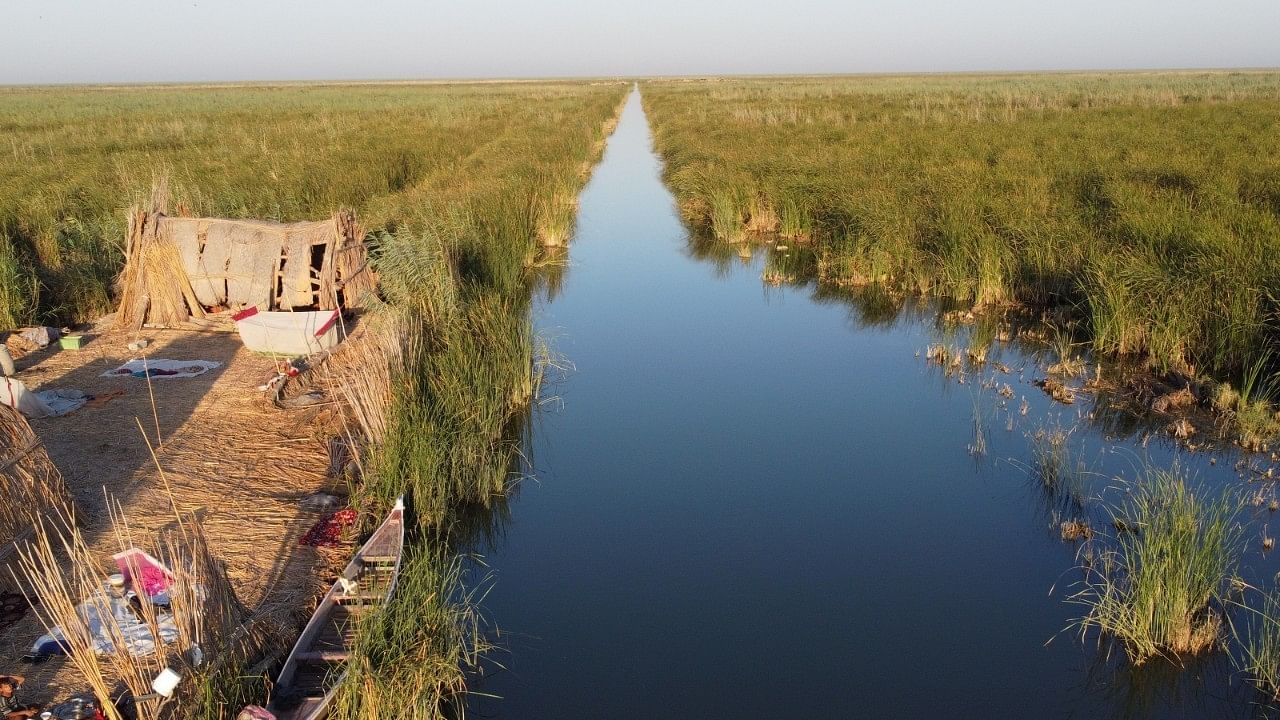
According to researchers, 28 per cent of the country’s geographical area is already protected.
Credit: Reuters Photo
Bengaluru: India’s run-up to achieving 30 x 30 – the targeted protection of at least 30 per cent of the earth’s land, seas and freshwaters by 2030 – has been marked by bullish stakeholders who point out that 28 per cent of the country’s geographical area is already protected.
A group of ecologists and researchers from Bengaluru has argued that while India has the numbers in its favour, ensuring high standards of conservation will take more nuance in planning and policies that enable truly participatory models.
The 30 x 30 was one of the 23 targets firmed up by 188 countries under the Kunming-Montreal Global Biodiversity Framework at the UN Biodiversity Conference, in December 2022.
ATREE researchers Asmita Sengupta, Manan Bhan, Saloni Bhatia, Atul Joshi, and K S Seshadri, and independent legal researcher Shyama Kuriakose cited inadequate landscape connectivity and insufficient representation of habitats in the existing conservation models as major concerns.
In a paper published in Conservation Letters, a journal of the Society for Conservation Biology, the researchers said India faced multiple challenges in realising the qualitative attributes envisioned in the target.
They proposed four strategies in response – landscape-level planning, conservation that does not alienate resource-dependent communities, reformulation of policies, and long-term research.
The paper underscored the need for conservationists to move from a species-centric approach to area-based models, and to integrate protected areas (PA) within larger landscapes. This shift, they argued, will help India address the issue of numerous “fragmented, charismatic megafauna-rich areas with isolated populations of wildlife.”
Isolated populations: About 28 per cent of India’s geographical area – 920,347 sq km – is protected under regulatory frameworks including the Wildlife (Protection) Act, 1972, the Indian Forests Act, 1927, and the Environment (Protection) Act, 1986. But India’s PA model of conservation that focuses on "charismatic species", at times disproportionately, has also led to skewed ecological representation.
“India has the potential to achieve 30 x 30 but these targets should not come at the cost of the PA’s quality. Without ensuring connectivity among the landscapes, we will be creating more isolated wildlife populations,” Seshadri told DH.
The paper noted that downsizing and downgrading of PA can hurt India’s 30 x 30 aspirations. It also highlighted a “lack of clarity” in the relevant legal frameworks, including on guidelines for Other Effective area-based Conservation Measures (OECM) that are designed for biodiversity conservation outside PA.
The 30 x 30 target promotes diverse governance models, including ones led by local communities. New approaches have to factor in the fallouts of enhanced protection, including access restrictions and increased wildlife activity in human settlements, the researchers said.
“Man-animal conflicts become a given when areas are declared as protected without consulting the people. The local authority has a say but the Forest Department, still, has the last word on conservation. To enable community-led models, we need to reconcile people’s rights and these powers,” Seshadri said.